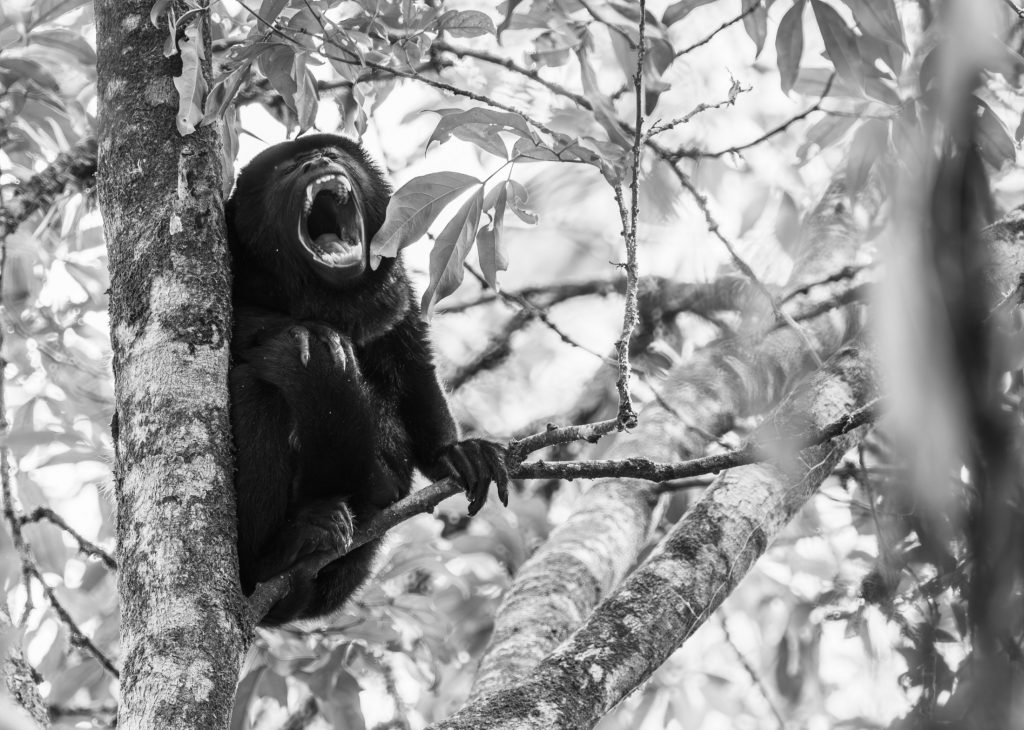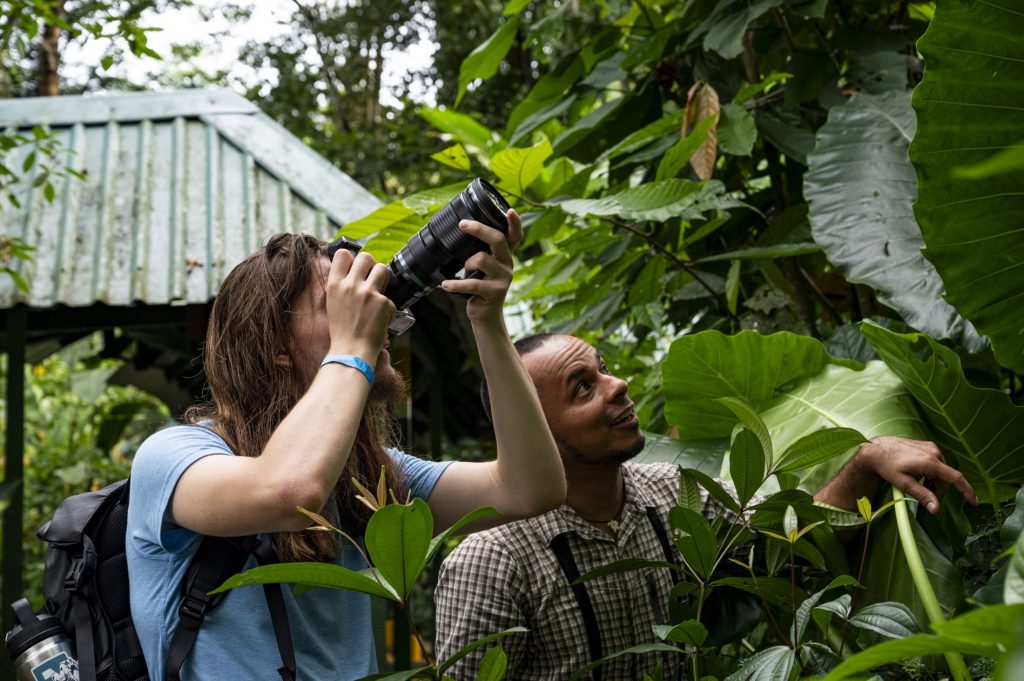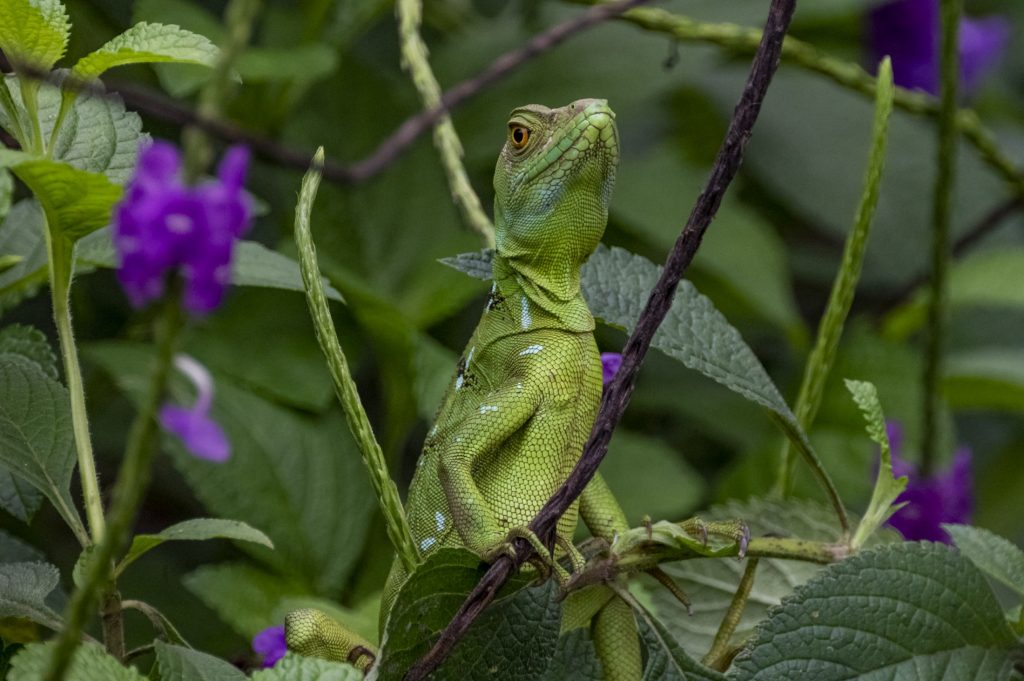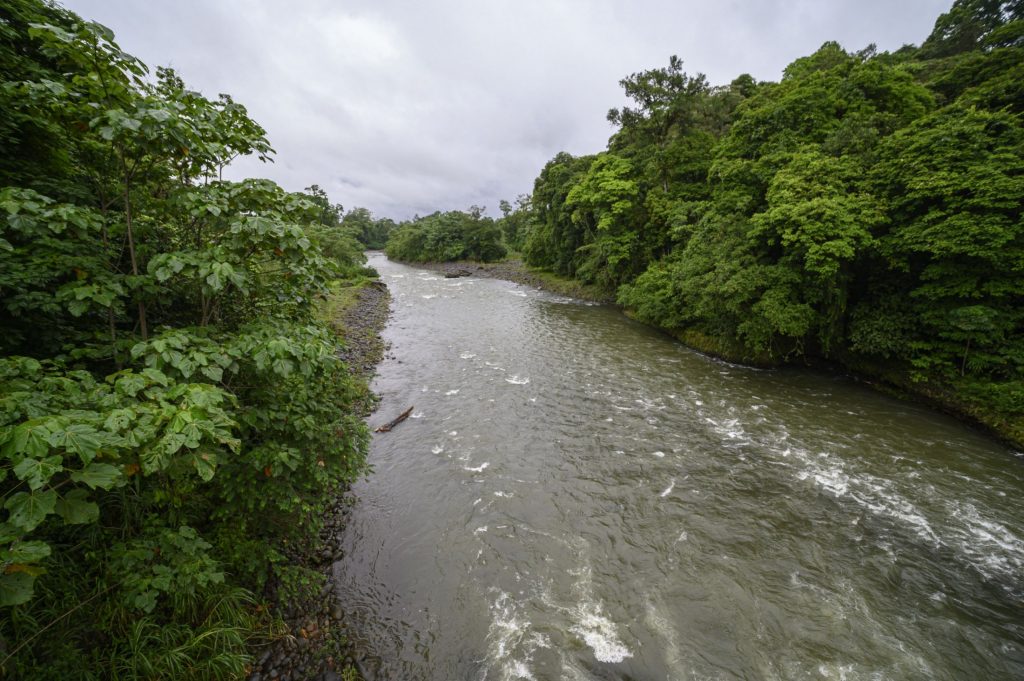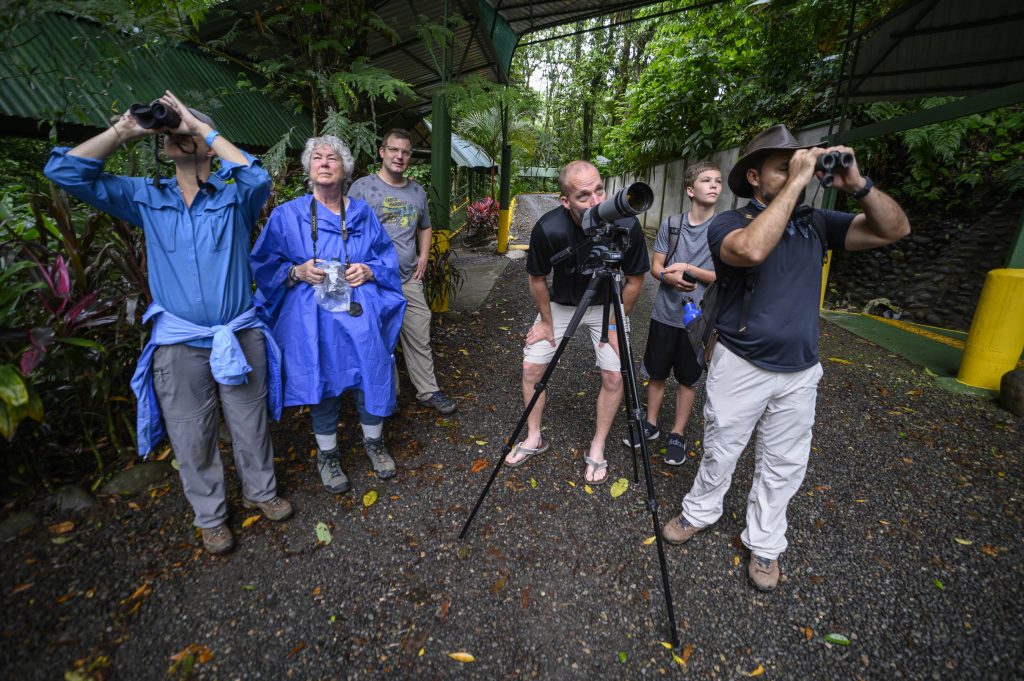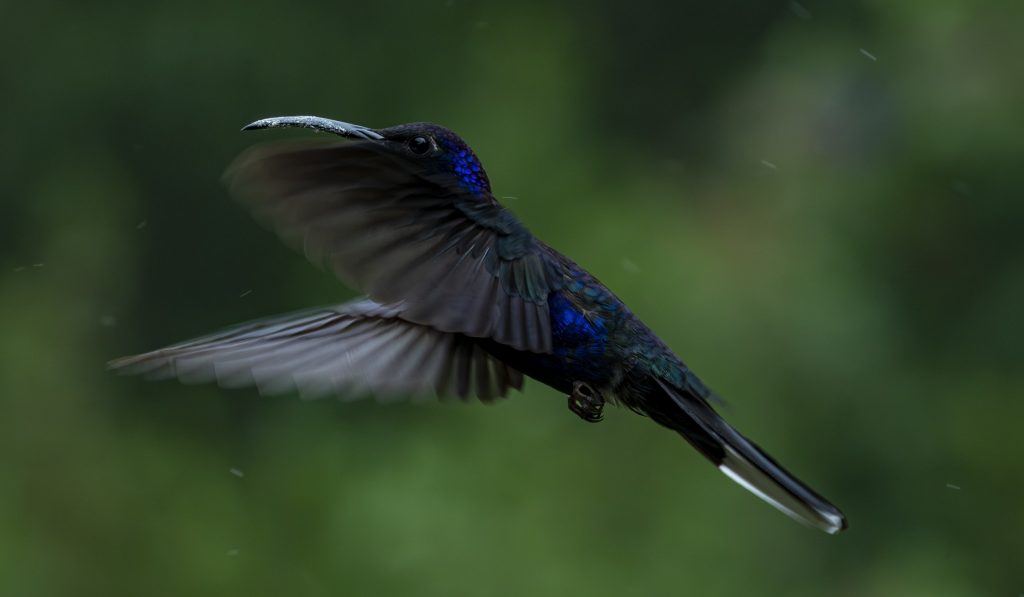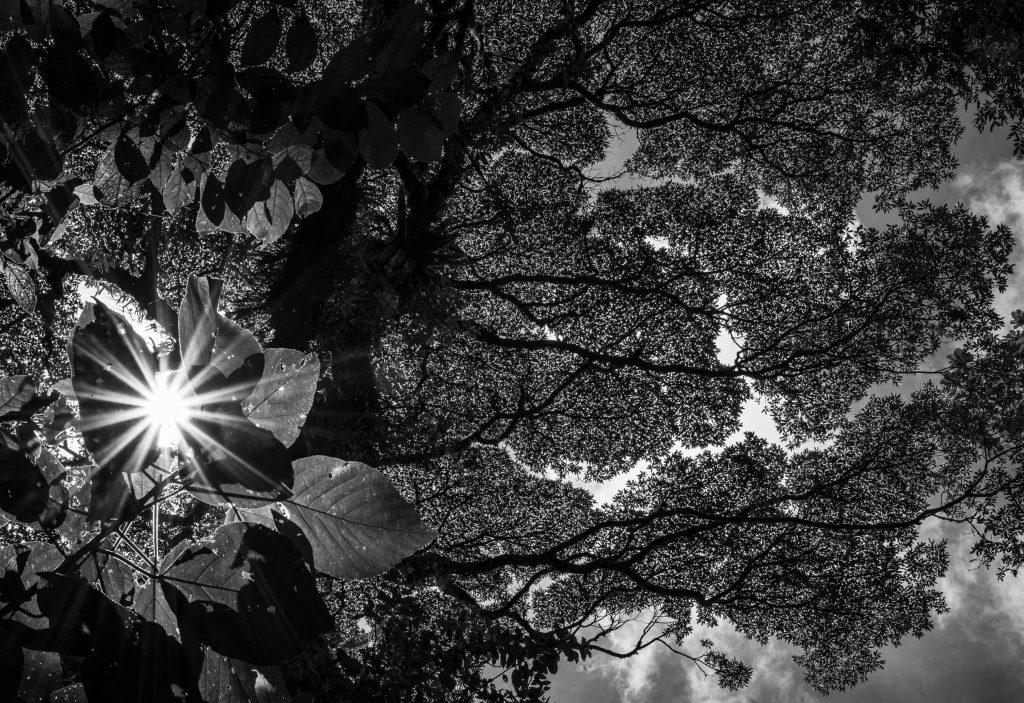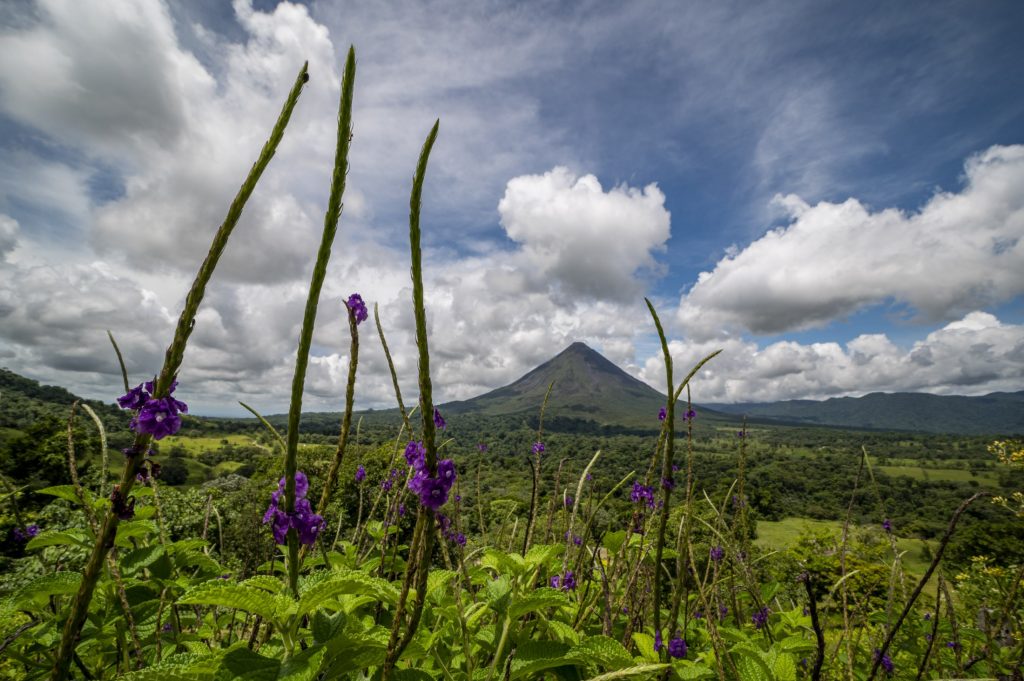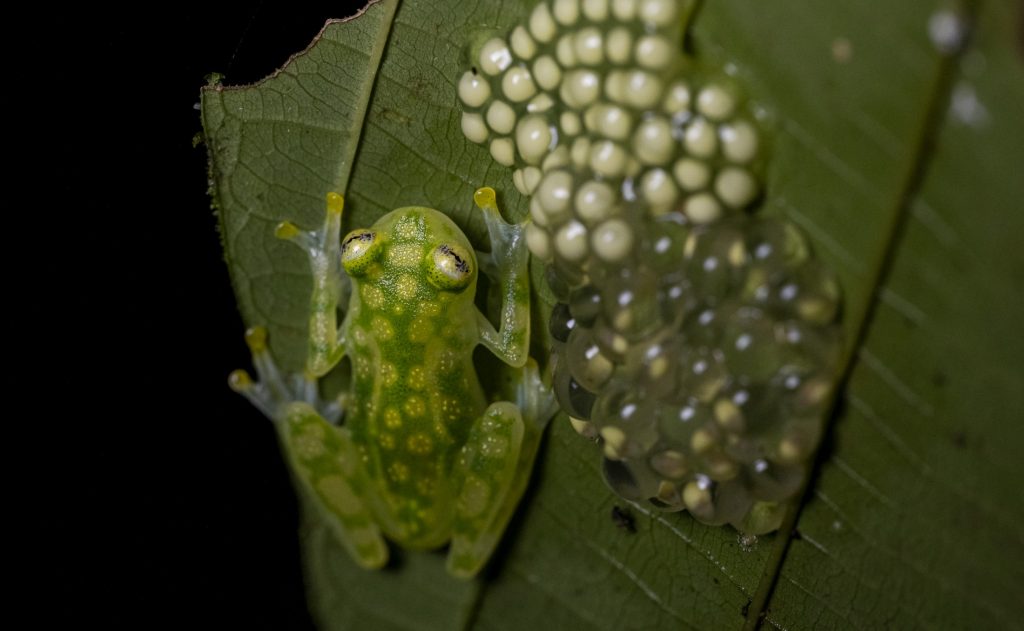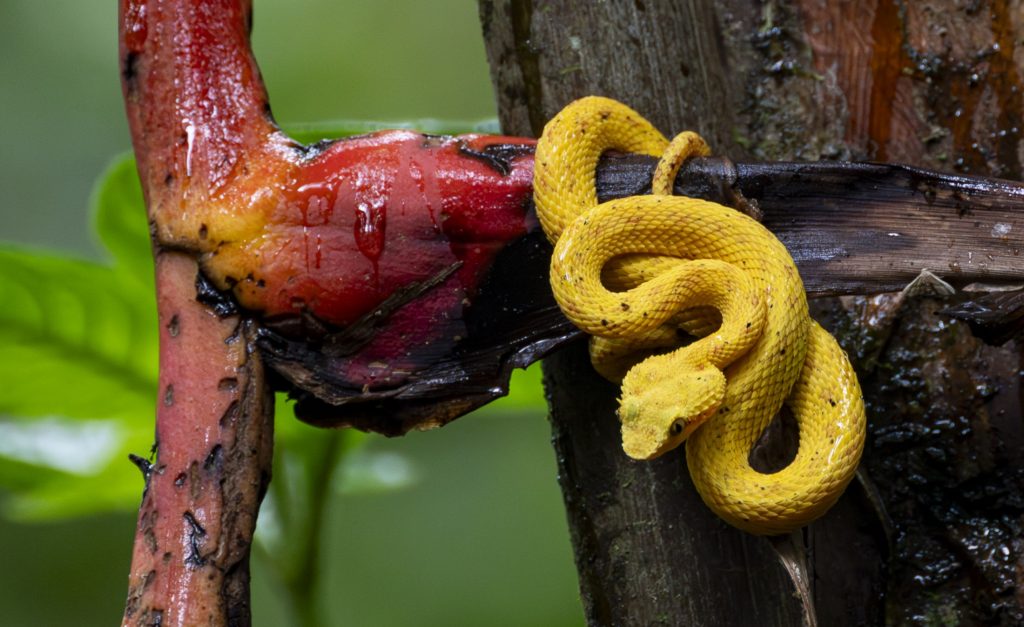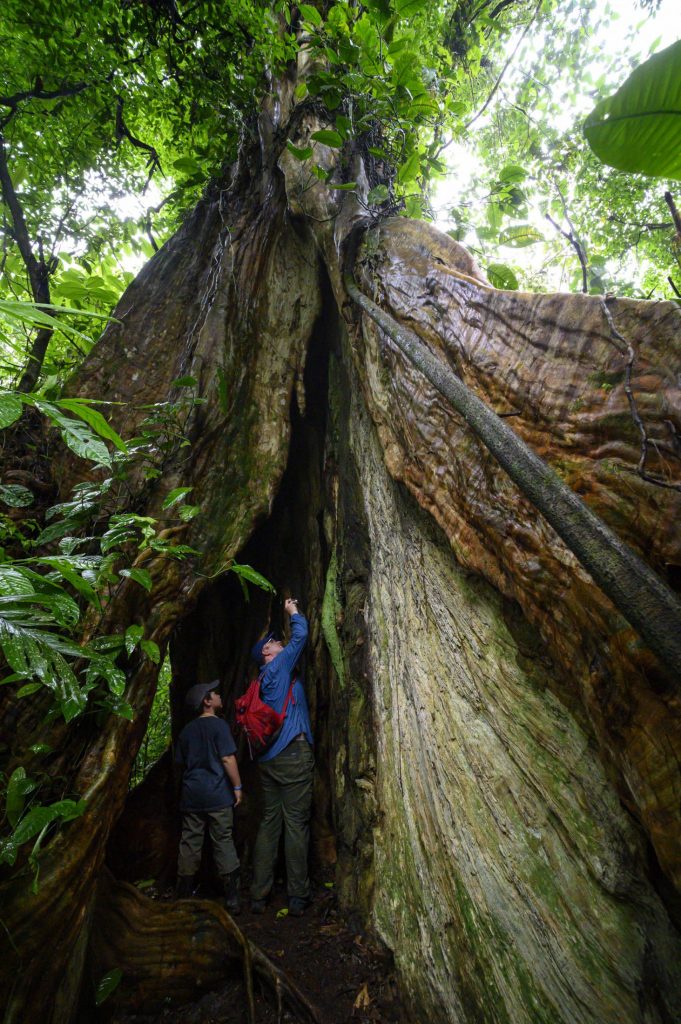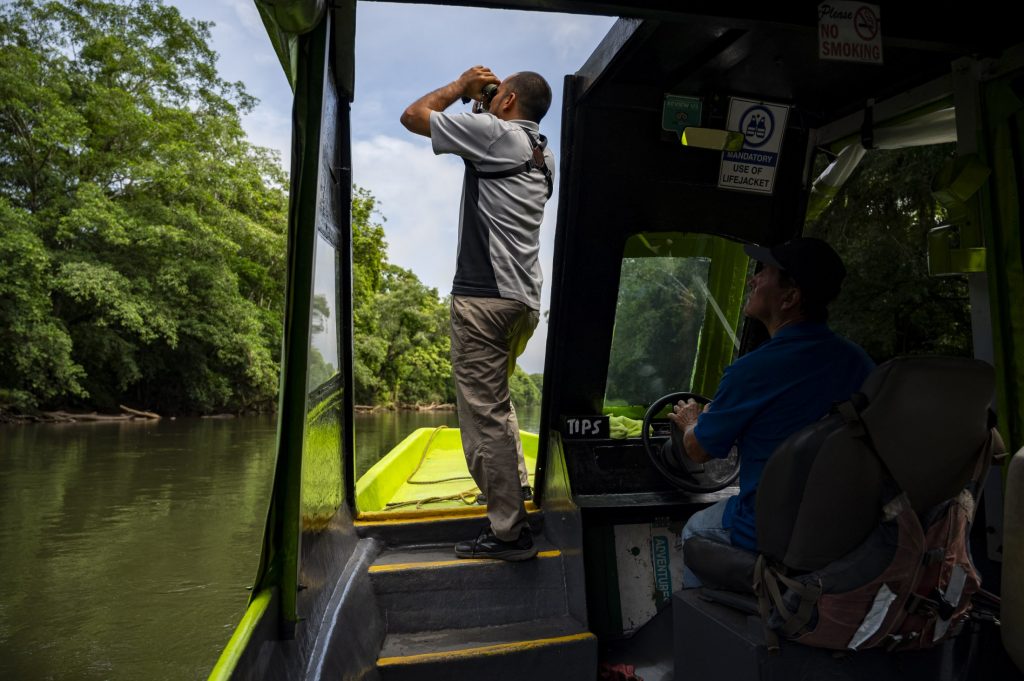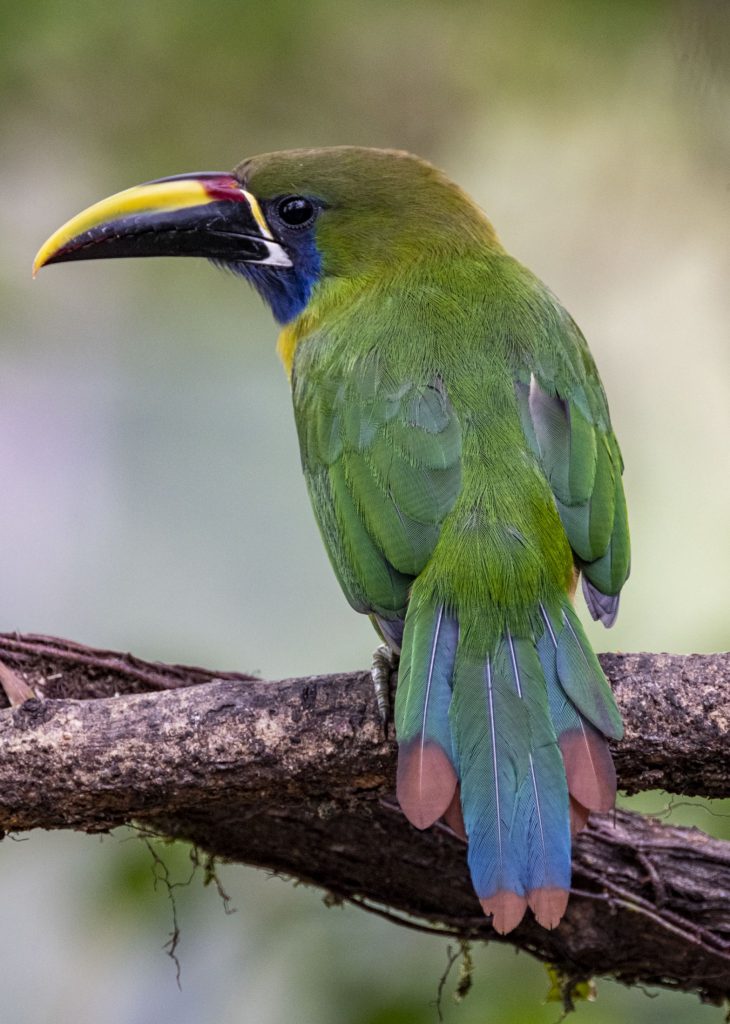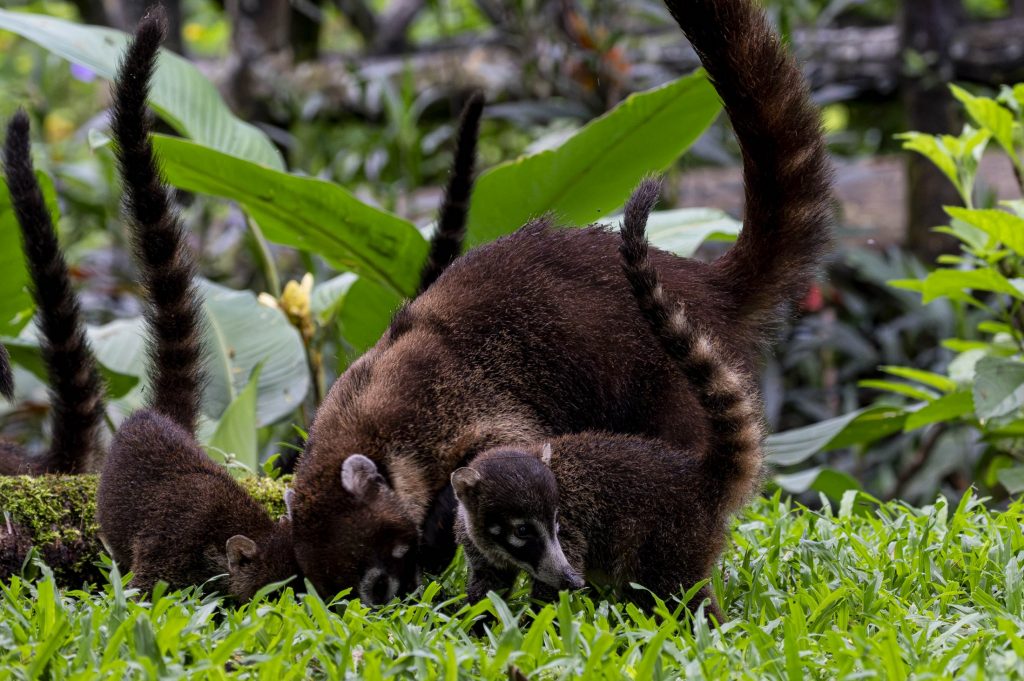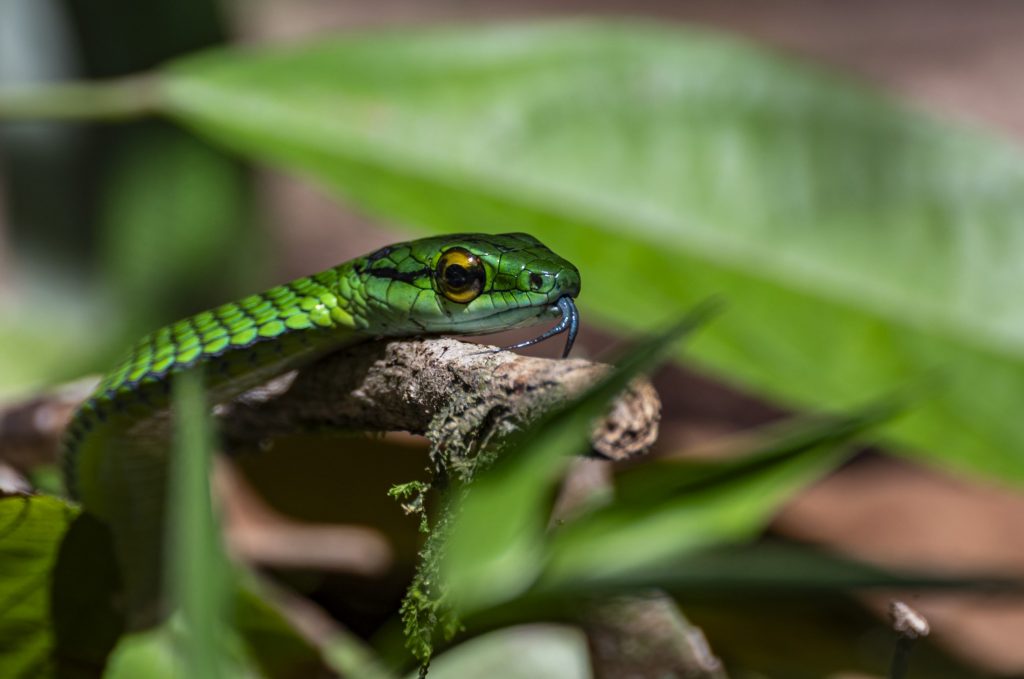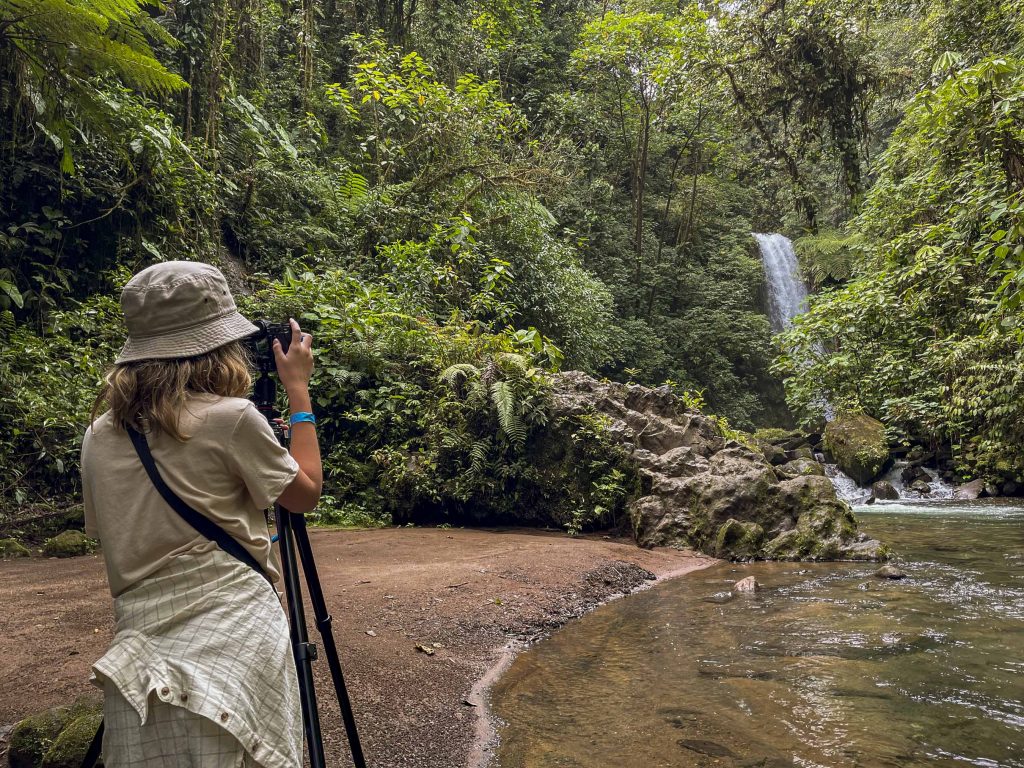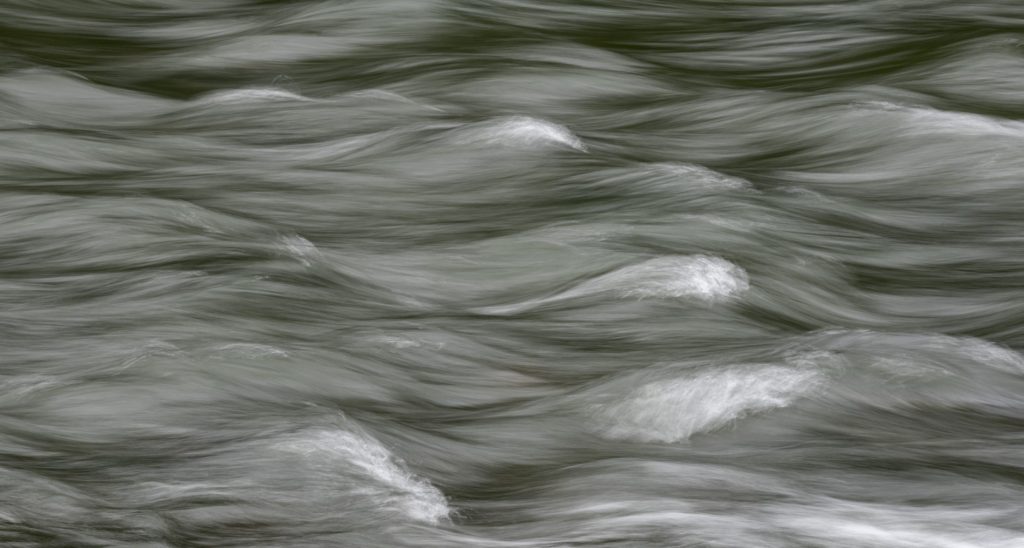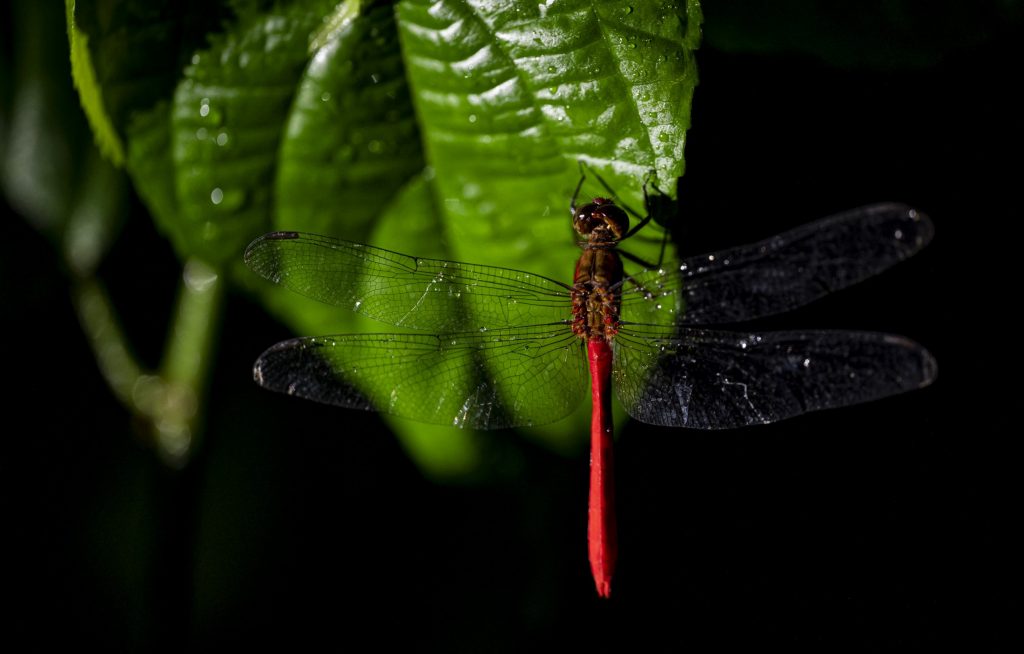It’s pre-dawn. Your camera and lenses are packed, and you’ve pulled yourself out of bed before sunrise for early morning photography. Nature photography takes planning, persistence, patience and grit.
But you return home with images you are technically unhappy with. Perhaps they were not exposed properly, out of focus, or lacking in composition because you were fumbling with your camera settings when the perfect shot was unfolding right in front of you. This can be a frustrating and discouraging experience. Nature and wildlife photography can be challenging, especially when you don’t have a solid grasp on the technical side of photography or the functionality of your camera.
What if amazing wildlife was literally steps out the front door of a comfortable rainforest lodge, so that you could spend more time learning the ins and outs of your camera and composing and exposing with a purpose?
And in this dream scenario, you’d have a professional photographer on hand to answer your questions and provide critique alongside a local professional nature guide pointing out iconic wildlife.
If you are new to photography, or feel you want to push yourself to better understand how to have control to get the photo you are after, consider joining the Florida Museum of Natural History and Holbrook Travel this summer for a week-long nature photography workshop at the Selva Verde Lodge in Costa Rica. Kristen Grace, award-winning resident photographer at the Florida Museum, will lead the trip alongside expert local Costa Rican guides.
For 50 years, Holbrook Travel has been offering global ecotourism experiences where, according to Andrea Holbrook, president of the company, they strive to minimize negative impacts that tourism can bring and maximize positive impacts of tourism in a natural context.
“Ecotourism is important because it helps bring a new level of consciousness, it is an activity that has the benefit of spreading awareness about what this planet really has,” Holbrook said. “The opportunity to see that firsthand is really vital because you can’t care about or protect what you don’t know about; the best way to learn is to immerse yourself.”
The Selva Verde Lodge is a 500-acre property located on the edge of the Sarapiqui River that conserves important rainforest ecosystems. The trails on the grounds of the lodge and across the river into the rainforest provide a wide opportunity for an array of plant, animal and insect photography. Featured in the forest is an old-growth, endangered Almendro tree, which supports a keystone species in Costa Rica, the great green macaw.
During the week, participants will have the opportunity to practice landscape photography at Arenal volcano. We will explore the waterfalls of La Paz Waterfall Gardens Nature Park and attempt to capture the motion of water. Experience the challenges and wonders of photographing in a cloud rainforest and experiment with hummingbird photography. We will also take night hikes to observe nocturnal animals and practice photography in low-light situations.
A local rainforest nature photographer will give a lecture about the ethics of nature photography and how to use your images to tell the story of the unique and fragile biodiversity in the Costa Rican ecosystems. And there will be evening group critiques and discussions about what worked, what didn’t and sharing aha moments.
It is guaranteed that you will come home with images you are proud of while learning about an incredibly biodiverse and ecologically important country. Costa Rica, which is smaller in size than the state of West Virginia, holds about 5% of the Earth’s biodiversity. It has over 500,000 species of animals, 300,000 of which are insects. Costa Rica is a green country – it is self-sustaining, running entirely on renewable energy.
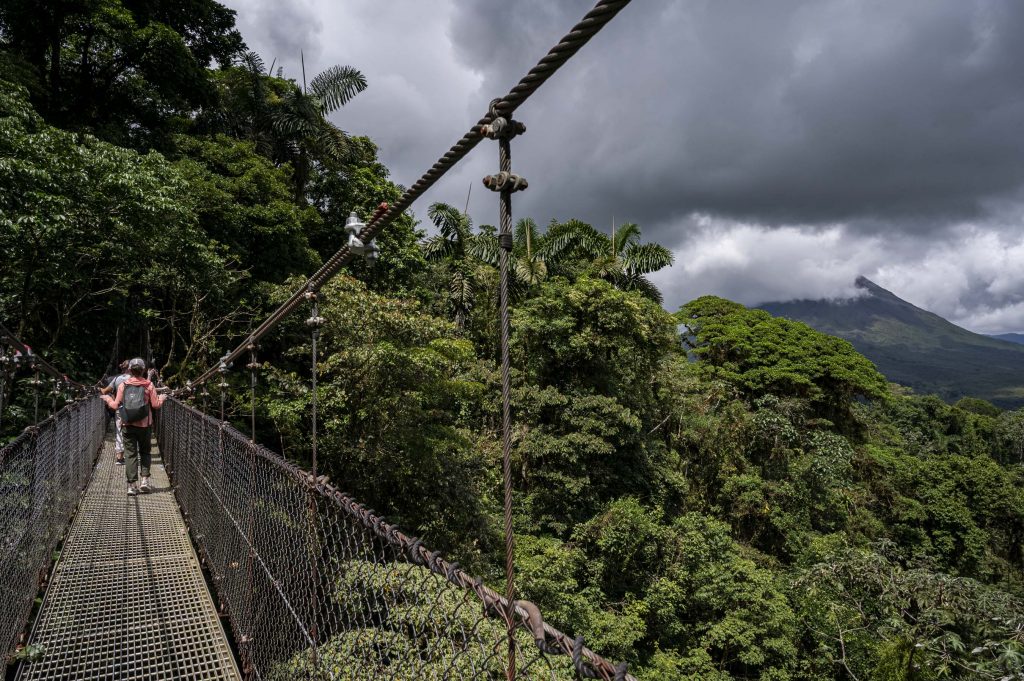
This workshop is open to participants 14 years of age and older who are beginners or amateurs in the field of photography.
All minors must be accompanied by an adult. It is strongly recommended that participants have their own camera. A mirrorless, digital SLR or point-and-shoot camera is preferred, but iPhone cameras can also be used.
The ecosystems in this region change drastically from location to location and weather can be wildly unpredictable, especially in the summer months. Participants will want to bring protective gear for their equipment in case rain begins while on a hike.
According to Ivan Castillo, local naturalist guide and ecologist, there are 12 different “life zones,” within the country where you can see different plants, animals and insects.
“The intensity of life in the rainforest is my favorite thing about Costa Rica,” Castillo said. “Every day you can wake up and see something new, there are endless experiences.”
Personal rain gear, camera bags with waterproof coverings, waterproof hiking boots and quick dry clothes will all come in handy, but there is something very special about hiking in a rainforest while it rains. Water droplets can make for very interesting photos.
To learn more about this trip and others we have partnered with Holbrook Travel on, visit our Travel Program page.
